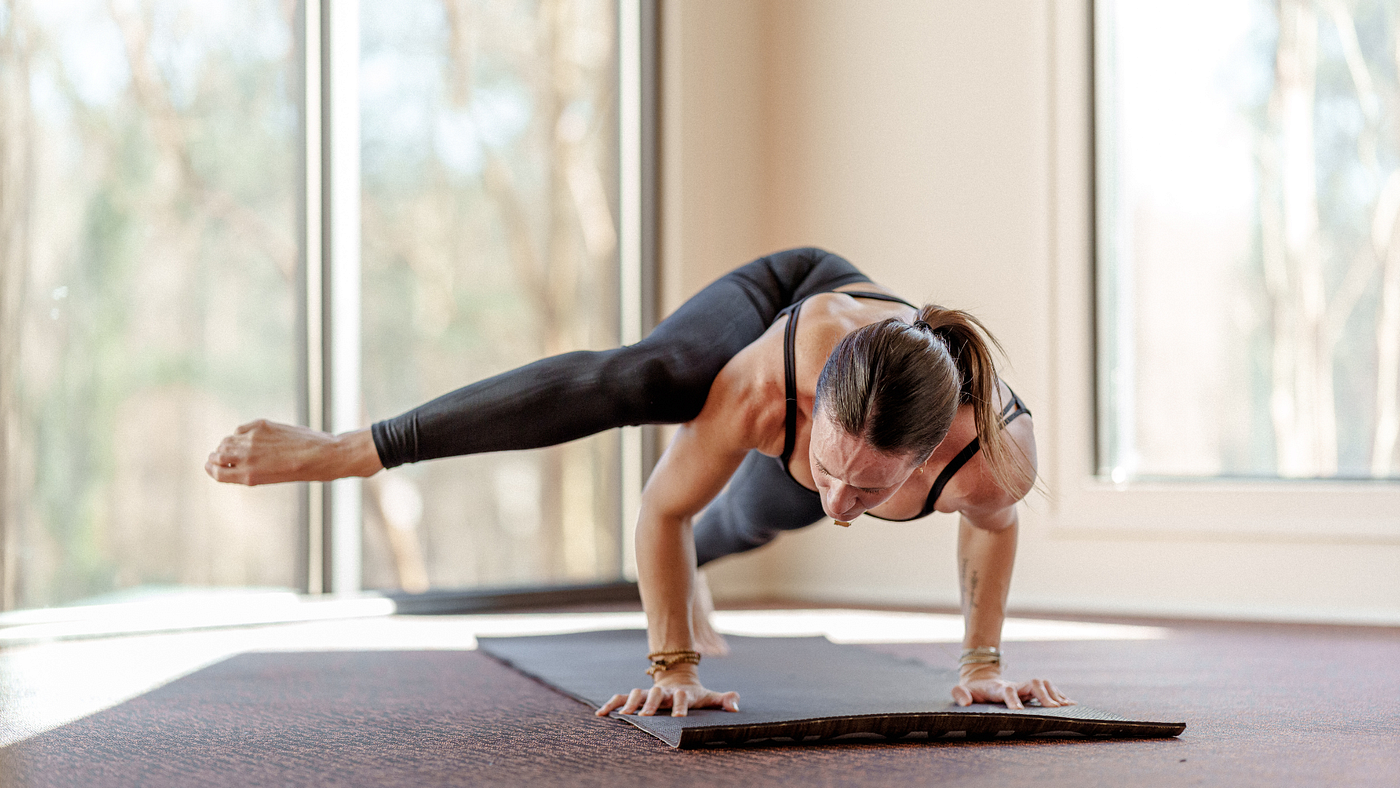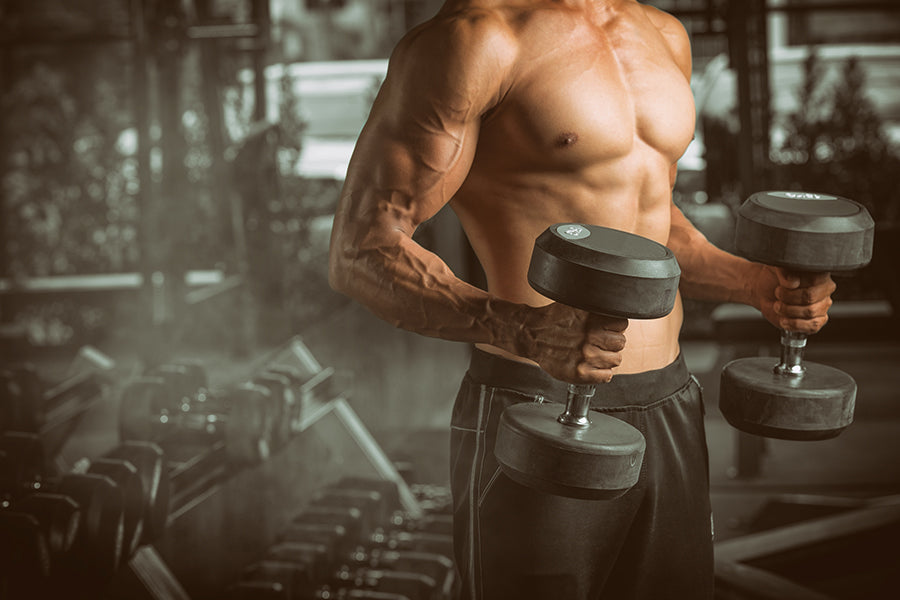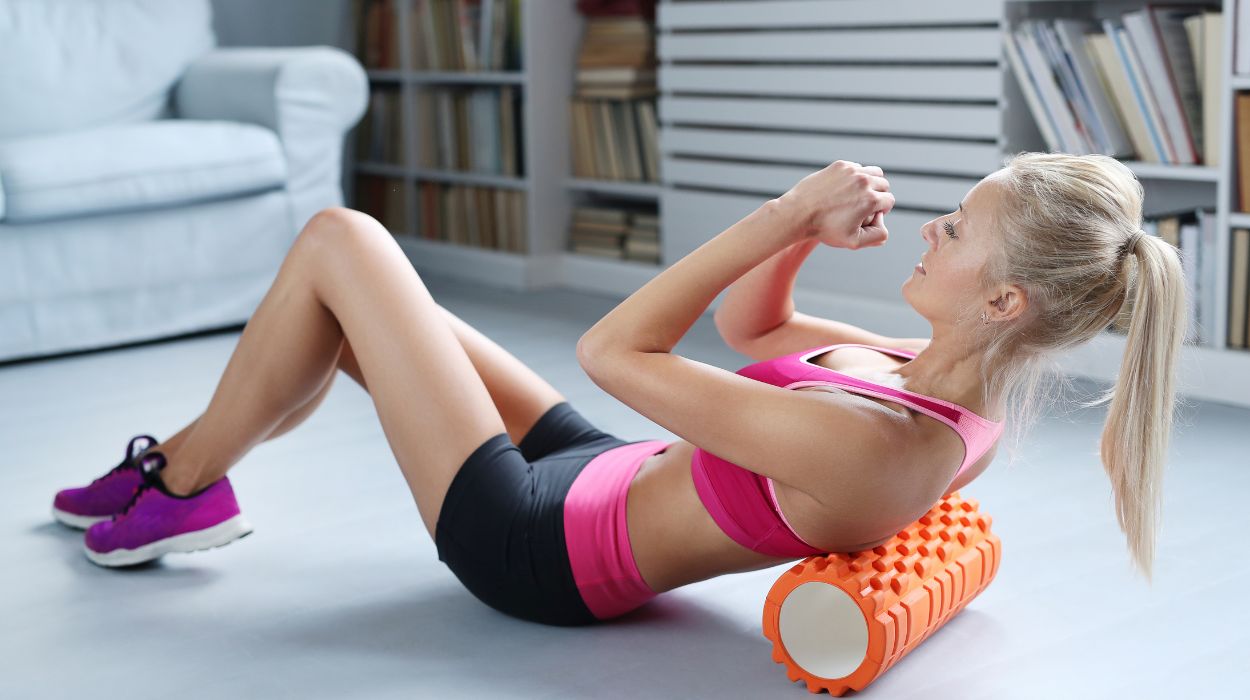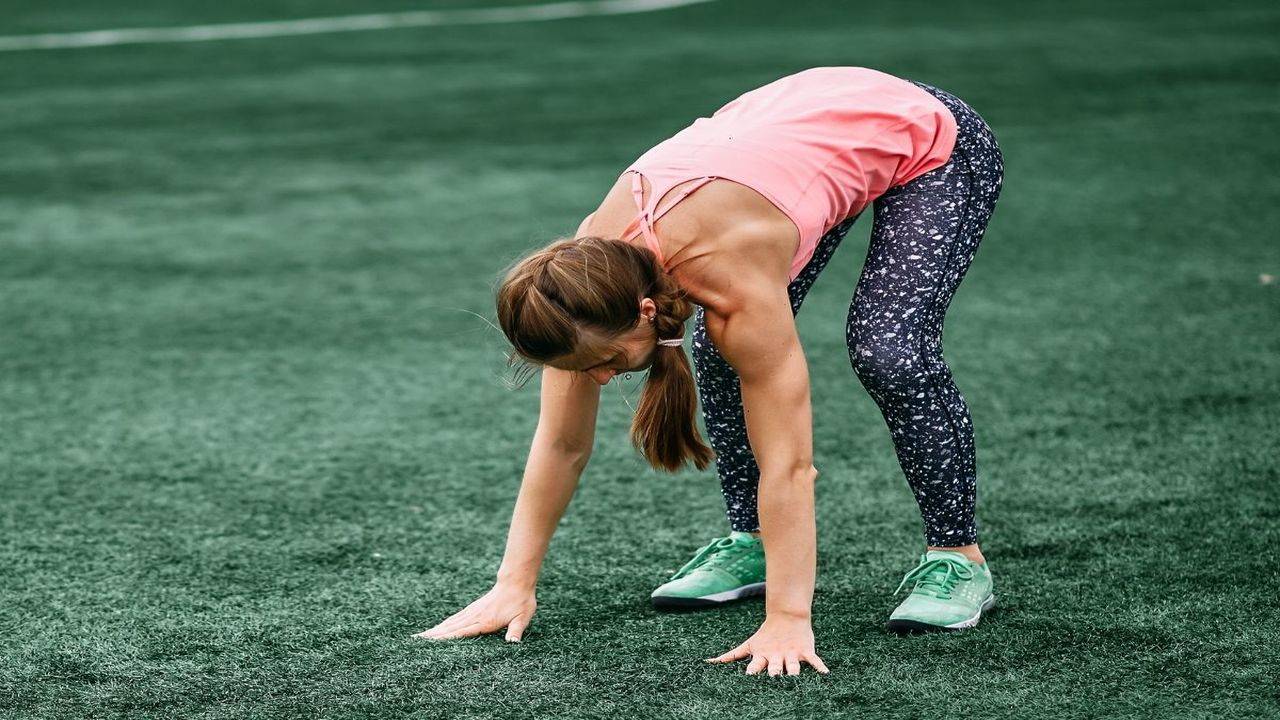If you’ve ever flowed through a yoga class and wondered why your arms felt like jelly afterward — you’re not alone. Yoga may look calm and graceful from the outside, but it’s a surprisingly effective way to build real upper body strength without touching a single dumbbell.
In fact, some of the best moves for sculpting your shoulders, chest, triceps, and back come from traditional yoga. And the best part? You don’t need a gym, fancy equipment, or even much space. Just your body, your breath, and a bit of consistency.
Whether you’re brand new to yoga or looking to add strength-building postures to your current routine, this article walks you through five powerful yoga poses that will challenge your upper body, improve stability, and leave you feeling strong — from fingertips to spine.
Why Yoga Works for Upper Body Strength
Let’s clear something up: yoga isn’t just about flexibility and mindfulness. While it certainly improves both, many poses also require tremendous muscular engagement — especially in the arms, shoulders, chest, and core.
When you hold poses like Plank or Chaturanga, you’re not just balancing — you’re resisting gravity. Over time, this builds:
- Functional strength (not just gym muscles)
- Joint stability
- Muscle endurance
- Improved posture
And since many yoga movements involve slow, controlled transitions, you also get time-under-tension — a key ingredient for building muscle.
Before You Start: Set the Foundation
For the best results, focus on:
- Form over speed: Move slowly and deliberately
- Engaging your core: This helps protect your shoulders and lower back
- Breath control: Inhale to lengthen, exhale to engage or hold
Now let’s dive into the five yoga moves that will fire up your upper body and help you build strength with grace.
1. Plank Pose (Phalakasana)
Muscles worked: Chest, shoulders, triceps, upper back, core
You may know Plank as a core move — but it’s also one of the best isometric strength builders for your entire upper body. In yoga, Plank isn’t rushed. It’s a foundation pose that teaches stability and awareness.
How to do it:
- Start on all fours
- Step your feet back so your body forms a straight line
- Stack your shoulders directly over your wrists
- Engage your legs and tighten your core
- Press the floor away with your palms, engaging your chest
Hold: 30 seconds to 1 minute (build up over time)
Repeat: 2–3 sets
Tips: Avoid sagging your hips or shrugging your shoulders. Think of pulling your chest “up and forward.”
2. Chaturanga Dandasana (Low Plank or Yoga Push-Up)
Muscles worked: Triceps, chest, shoulders, core
Chaturanga is one of the most deceptively challenging yoga poses out there. It’s essentially a slow, controlled push-up — but in a narrow arm position that zeroes in on your triceps and front delts.
How to do it:
- Start in a high Plank
- Shift your weight forward slightly
- Lower halfway down, keeping elbows close to your ribs
- Keep your body in a straight line
- Stop when your upper arms are parallel to the floor
- Either push back up or transition into Upward-Facing Dog
Hold: 5–10 seconds
Reps: 5–10 (take breaks if needed)
Modifications: Drop to your knees to maintain control if you’re building strength.
3. Dolphin Pose
Muscles worked: Shoulders, upper back, triceps, core
Think of Dolphin as a cousin of Downward Dog — but instead of palms, you’re on your forearms, which puts much more load on your shoulders and traps.
How to do it:
- Start on your hands and knees
- Lower your forearms to the mat, keeping elbows shoulder-width apart
- Interlace your fingers or keep palms flat
- Tuck your toes and lift your hips into the air
- Press your forearms into the mat and draw your shoulders away from your ears
- Keep your knees slightly bent if your hamstrings are tight
Hold: 30–60 seconds
Reps: 2–3 rounds
Why it’s great: This pose strengthens your upper body and preps you for inversions like headstands.
4. Side Plank (Vasisthasana)
Muscles worked: Shoulders, obliques, chest, stabilizers
Side Plank adds a balancing challenge that fires up your shoulder stability like nothing else. Plus, it targets your lateral chain — the muscles along your side body that help with posture, core control, and shoulder function.
How to do it:
- Start in Plank
- Shift your weight to your right hand
- Stack your feet (or stagger for more balance)
- Extend your left arm toward the ceiling
- Keep your hips lifted — avoid sagging
Hold: 20–30 seconds per side
Sets: 2–3 each side
Challenge: Lift your top leg for an extra hit of glute and balance work.
5. Reverse Tabletop (Ardha Purvottanasana)
Muscles worked: Triceps, posterior shoulders, upper back, glutes
This underrated pose builds serious posterior chain strength — and gives your chest a great stretch at the same time. Think of it as a yoga version of a triceps dip, but held for time.
How to do it:
- Sit with your knees bent, feet flat
- Place your palms behind you, fingers facing your feet
- Press into your feet and hands to lift your hips toward the ceiling
- Keep your thighs parallel and chest open
- Squeeze your glutes and hold
Hold: 20–30 seconds
Sets: 2–3
Form tip: Don’t let your head drop too far back — keep the neck neutral.
Bonus Flow: Put It All Together
Here’s a quick yoga flow you can use to combine these poses into a strength-building mini routine:
- Plank – 30 seconds
- Chaturanga – 5 reps
- Dolphin Pose – 45 seconds
- Side Plank (Right) – 30 seconds
- Side Plank (Left) – 30 seconds
- Reverse Tabletop – 30 seconds
Rest 1 minute, repeat 2 more times.
In just 15–20 minutes, you’ll feel every part of your upper body wake up.
Tips to Maximize Strength Gains
- Progress slowly: Don’t rush to hold poses for minutes. Increase time gradually.
- Train consistently: Aim for 2–3 sessions per week. You’ll see and feel the difference.
- Breathe with intention: Your breath supports your muscles — don’t hold it.
- Engage your entire body: Even in upper-body moves, keeping your legs active helps with overall control.
- Use yoga blocks: These can help with alignment and make transitions smoother as you build strength.
Final Thoughts: Build Strength the Yoga Way
Yoga isn’t just about getting bendy or relaxing — it’s a proven, functional way to build upper body strength. These five poses may look simple, but they’re anything but easy. They challenge your endurance, control, and stability while helping you develop real muscle tone and mobility.
Whether you’re supplementing your gym routine, working out from home, or just starting your fitness journey, this kind of bodyweight strength training through yoga can help you level up without the strain of traditional weights.
So grab your mat, find your breath, and take these five moves seriously. Your shoulders, arms, and upper back will thank you — and you might even surprise yourself with just how strong you feel after a few weeks of practice.










